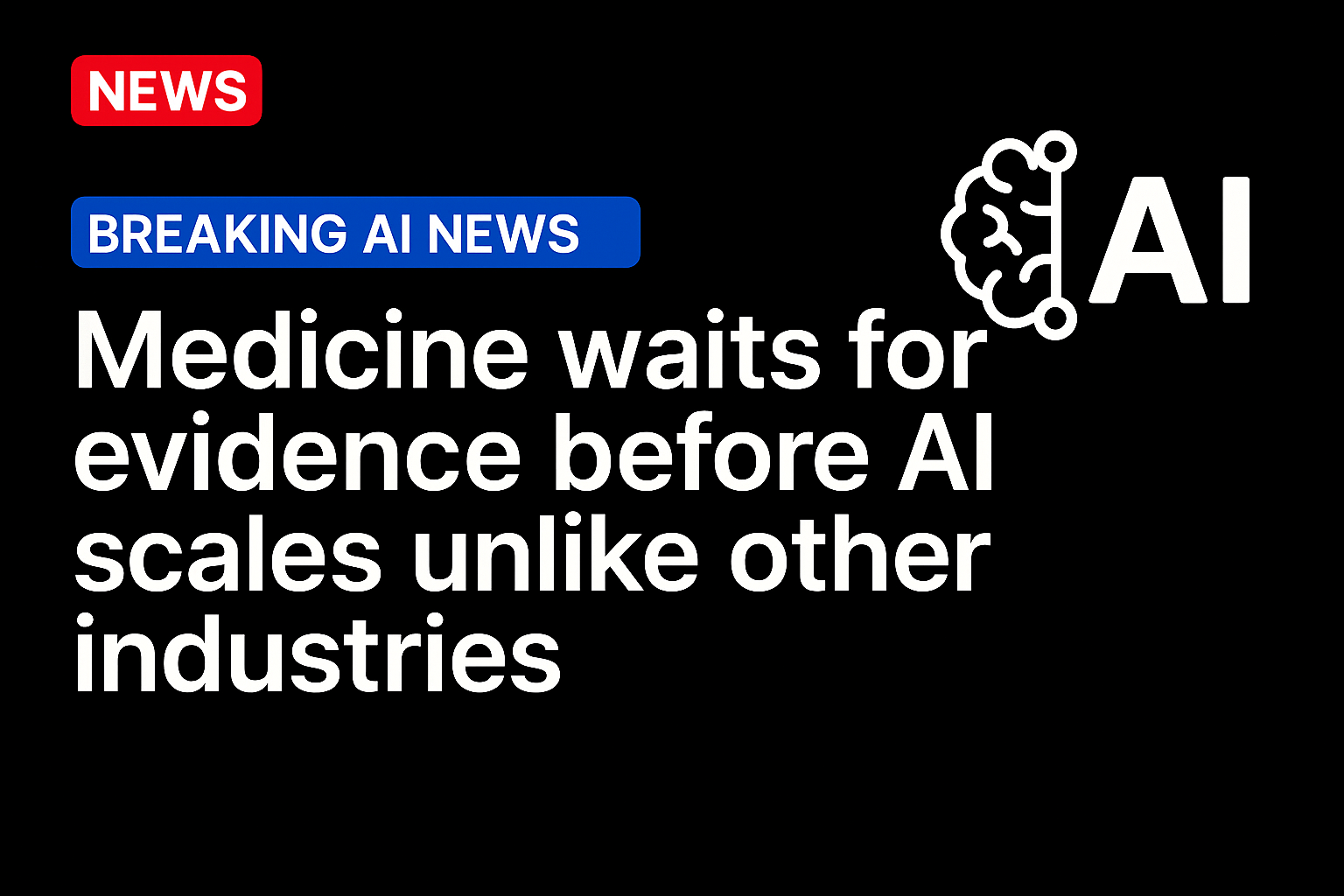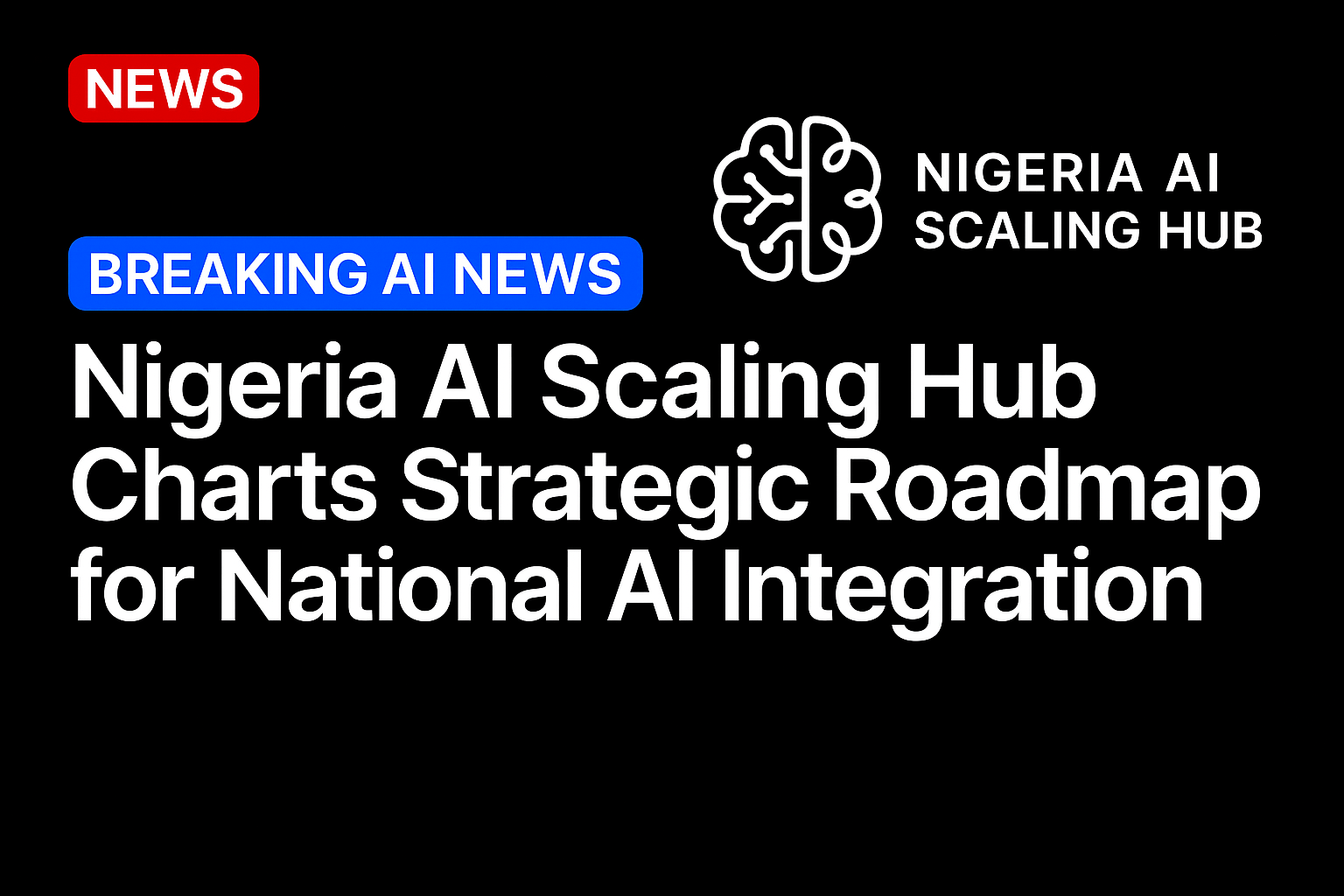
Unlike other sectors where results aren’t always the deciding factor, AI in healthcare scales only on proof. In cancer diagnostics, adoption depends on consistent, concrete results that doctors trust, and insurers are willing to reimburse.
Investors and health systems are already pouring billions into AI, but only tools that deliver reliable outcomes in practice will gain traction. As CancerNetwork notes, the most successful models are those that help pathologists with repeatable tasks rather than trying to replace them outright. A recent Scientific Reports study makes the case: a simple decision-tree model classified breast tumors with more than 90 percent accuracy while clearly showing how it reached each conclusion.
Investment Is Surging, But Adoption Requires Results
Healthcare AI is starting to attract serious capital. In the first half of 2025, healthtech venture funding rebounded to $7.9 billion, with AI-focused firms like Ambience Healthcare raising $243 million in a single round, according to the Wall Street Journal. Big tech is betting aggressively too: Amazon and Nvidia are targeting medical imaging and diagnostics as critical growth markets.
Governments are also taking action. The UK has launched efforts to establish AI oversight in healthcare, aiming to attract investment while protecting patient interests. In the U.S., a recent executive order committed $50 million to expand AI-driven pediatric cancer research. As PYMNTS reported, Medicare is preparing to pilot AI-assisted prior authorization in six states, starting in 2026, to test whether AI can streamline coverage decisions without delaying care.
But enthusiasm is tempered by the reality that not all AI delivers. Attempts to predict genetic mutations from pathology slides have produced sensitivities as low as 60 percent, eroding trust among clinicians and slowing adoption. For executives, the signal is clear: investment momentum is strong, but adoption depends on evidence that stands up in practice.
Why Explainability Is the Competitive Edge
The breast cancer study offers a roadmap. The decision-tree model performed on par with complex systems but allowed clinicians to see why it flagged a case. Lymph node involvement and tumor size were surfaced as the most decisive factors, with SHAP analysis validating the logic. That level of transparency fosters trust with doctors, streamlines regulatory review, and enhances reimbursement prospects.
Regulators are pushing in the same direction. The EU’s AI Act and emerging U.S. frameworks emphasize transparency, auditability, and human oversight. That makes explainable models not only safer bets for providers but also more scalable for investors. In a high-liability field like oncology, audit trails and error traceability aren’t optional; they’re the difference between pilot projects and real adoption.
Source: https://www.pymnts.com/




